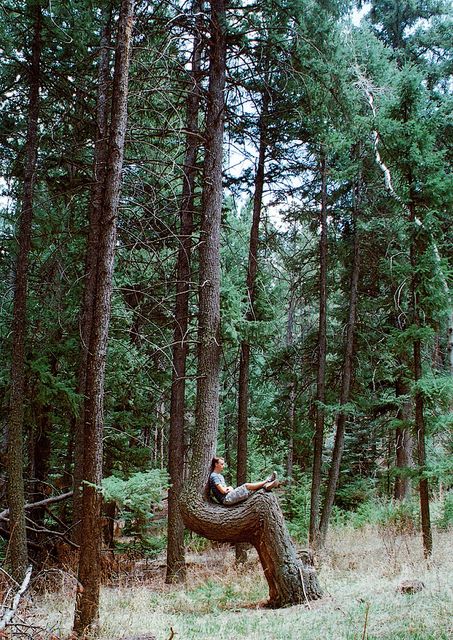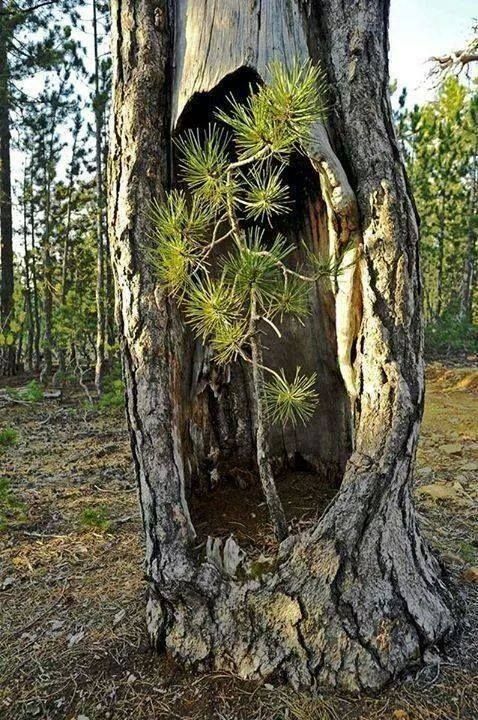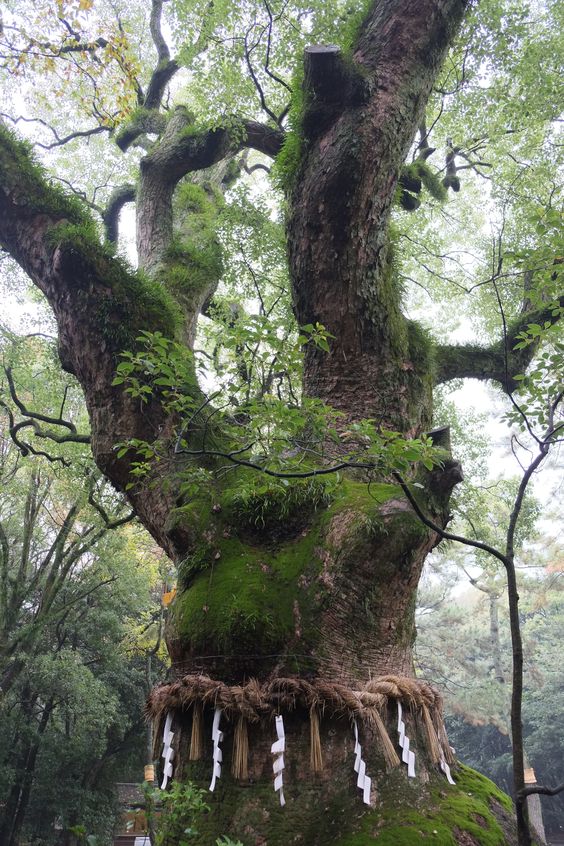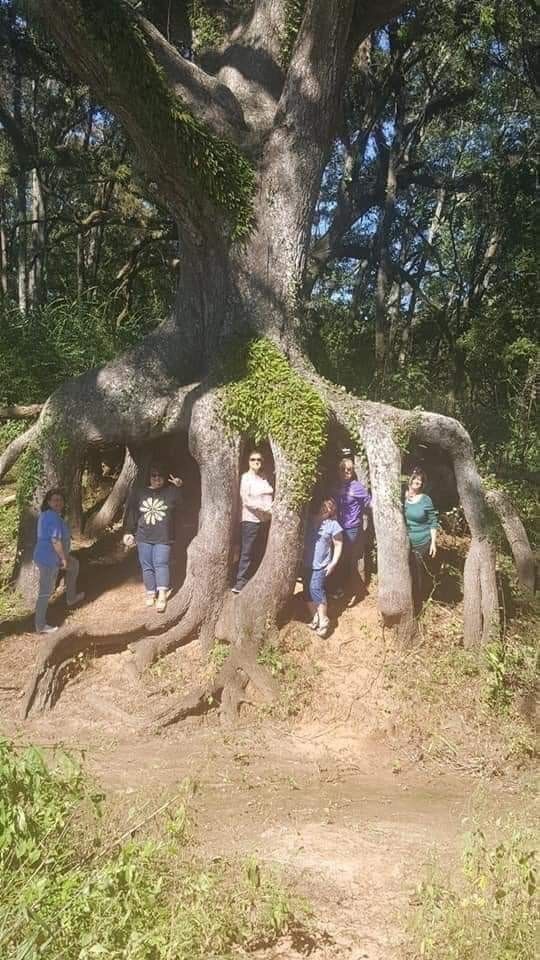Trees are not only essential for the environment but also hold a special place in human culture, history, and biodiversity. Some tree species are so unique and extraordinary that they have captured the imagination of people for generations. In this article, we’ll explore some of the most remarkable tree species from around the world.

Baobab Trees: The baobab trees, often referred to as the “Trees of Life,” are native to Africa, Madagascar, and Australia. These iconic trees have a massive, swollen trunk and can live for over a thousand years. Baobabs are known for their ability to store thousands of liters of water, making them a vital resource in arid regions.

General Sherman Tree: The General Sherman Tree, located in California’s Sequoia National Park, is the largest tree on Earth by volume. This giant sequoia stands approximately 275 feet tall and is estimated to be over 2,000 years old. It is a living testament to the ancient and awe-inspiring trees that inhabit North America’s western forests.

Dragon’s Blood Tree: Native to the Socotra archipelago in the Indian Ocean, the Dragon’s Blood Tree is instantly recognizable by its umbrella-shaped canopy and striking, blood-red resin. This unique tree species thrives in harsh, arid conditions and is culturally significant for the people of Socotra.

The Rainbow Eucalyptus: Endemic to several countries, including Indonesia, the Philippines, and Papua New Guinea, the Rainbow Eucalyptus is famous for its vibrant, multicolored bark. As the tree sheds strips of bark, it reveals a stunning array of colors, creating a living work of art in the forest.

Quiver Tree: The Quiver Tree, also known as the Kokerboom, is a distinctive succulent tree species found in southern Africa. These trees have adapted to arid environments and store water in their trunks, allowing them to survive in harsh desert conditions. Indigenous people have used the hollowed-out branches as quivers for their arrows.


Joshua Tree: The Joshua Tree, native to the southwestern United States, is known for its unusual, spiky appearance. These trees have become an iconic symbol of the desert landscape and are renowned for their unique form and adaptability to extreme weather conditions.
Banyan Tree: Banyan trees are famous for their massive canopies and intricate root systems. Native to India, these trees are often considered sacred and are a symbol of wisdom and longevity. The Great Banyan Tree in Kolkata, India, is one of the largest trees in the world, covering an area of over 14,000 square meters.






